fellow
1 kW
This is what I saw in my dream, compact parametric SynSR outrunner for ebikes:

Straight stator version (0 deg skew):





203mm brake disc for size comparison:
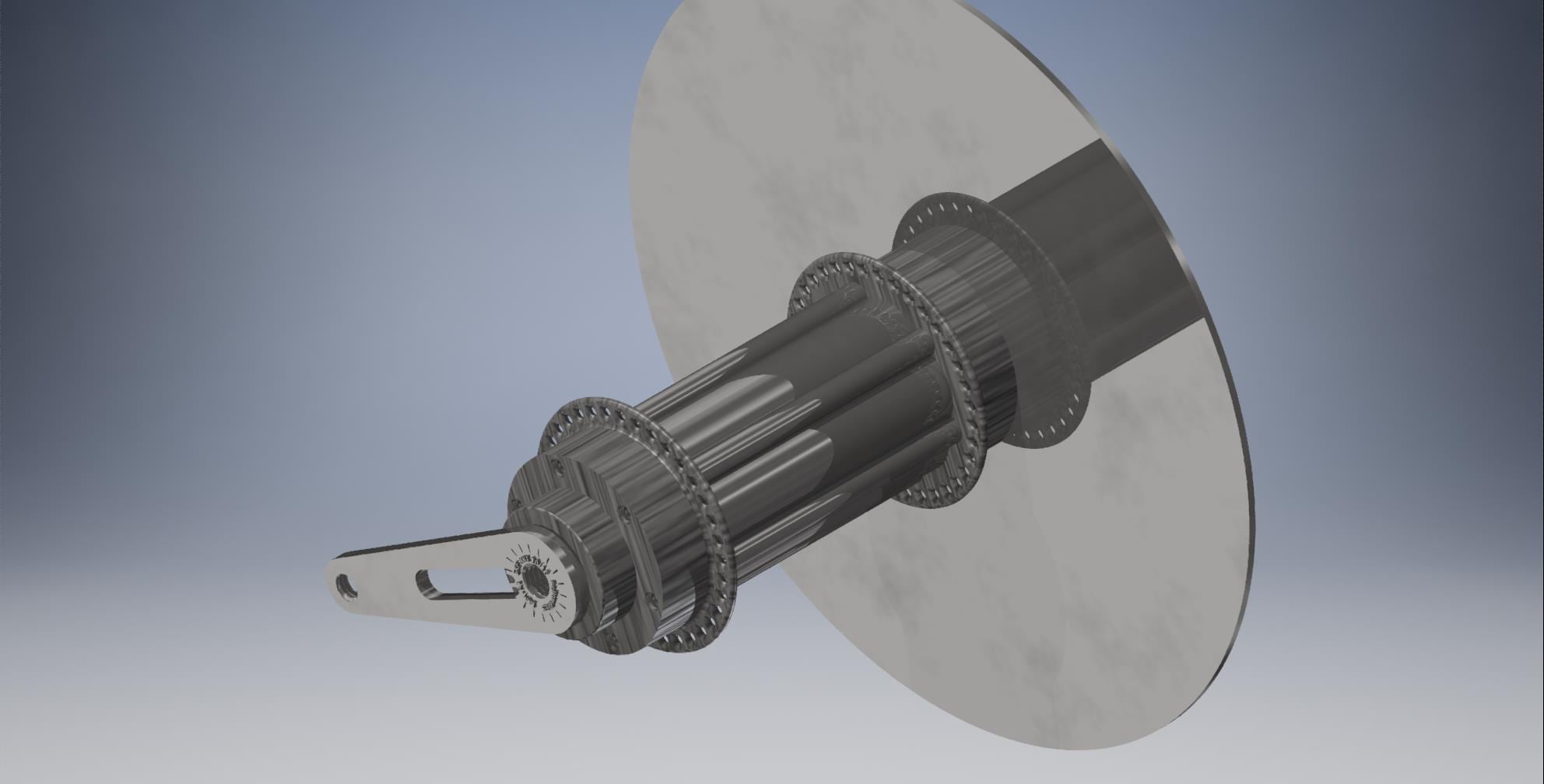

Winding scheme by http://www.bavaria-direct.co.za/scheme/common/ :

Skewed stator version (10deg):

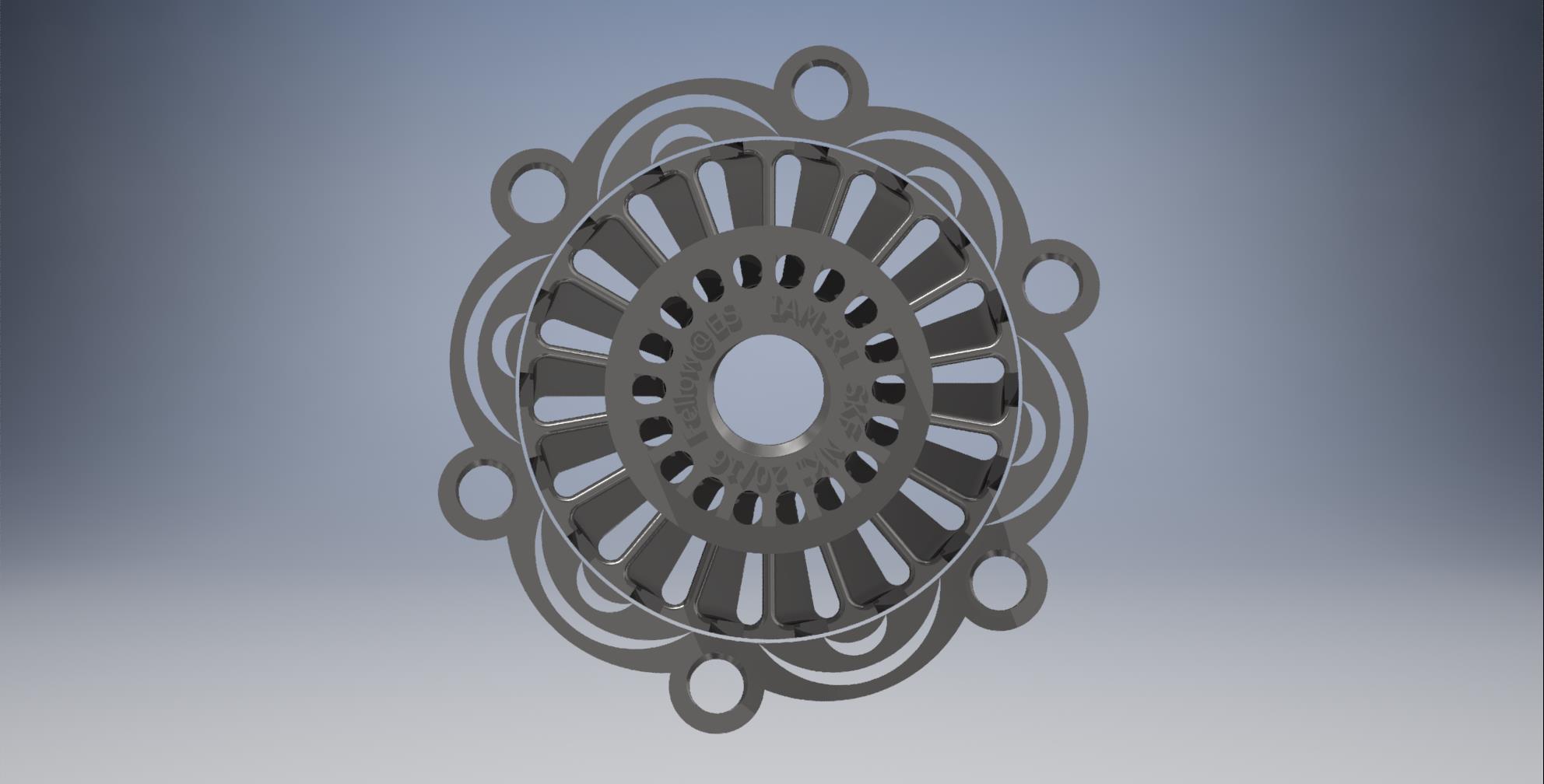
Technical data
Motor type: SynSR outrunner, DD
Gearbox: Not at the moment, but possible due to the modular design
Max rpm: 16k rpm with add-on gearbox.
Bearings: 2 pcs of SKF NKI 16/20. d=20mm, D=32mm, B=16mm, m=48g. Dynamic 15,4kN, static 24.5kN, fatigue@295kg each.
Number of poles: 6
Width: 148mm
Total mass: less than 1999g.
Straight stator version (0 deg skew):
203mm brake disc for size comparison:
Winding scheme by http://www.bavaria-direct.co.za/scheme/common/ :
Skewed stator version (10deg):
Technical data
Motor type: SynSR outrunner, DD
Gearbox: Not at the moment, but possible due to the modular design
Max rpm: 16k rpm with add-on gearbox.
Bearings: 2 pcs of SKF NKI 16/20. d=20mm, D=32mm, B=16mm, m=48g. Dynamic 15,4kN, static 24.5kN, fatigue@295kg each.
Number of poles: 6
Width: 148mm
Total mass: less than 1999g.
Attachments
-
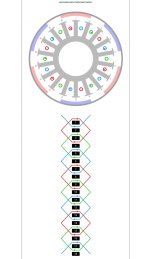 Winding scheme.jpg75.8 KB · Views: 1,200
Winding scheme.jpg75.8 KB · Views: 1,200 -
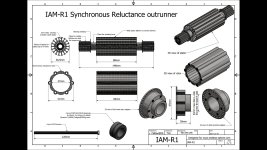 IAM-R1 main.jpg184.4 KB · Views: 1,173
IAM-R1 main.jpg184.4 KB · Views: 1,173 -
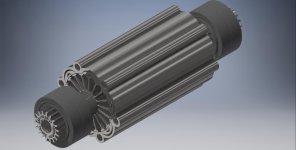 V15-0.jpg92.1 KB · Views: 886
V15-0.jpg92.1 KB · Views: 886 -
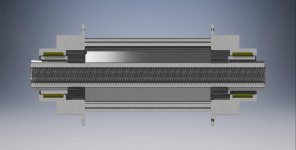 V15-1.jpg115.2 KB · Views: 886
V15-1.jpg115.2 KB · Views: 886 -
 V15-2.jpg80.2 KB · Views: 886
V15-2.jpg80.2 KB · Views: 886 -
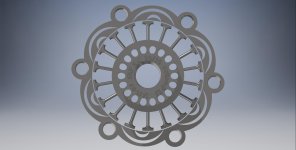 V15-3.jpg92.3 KB · Views: 886
V15-3.jpg92.3 KB · Views: 886 -
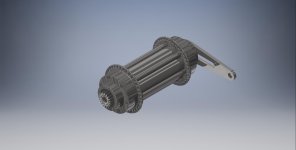 V15-4.jpg55.8 KB · Views: 886
V15-4.jpg55.8 KB · Views: 886 -
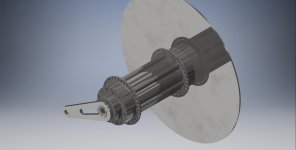 V15-5.jpg61.8 KB · Views: 886
V15-5.jpg61.8 KB · Views: 886 -
 V15-6.jpg98.5 KB · Views: 886
V15-6.jpg98.5 KB · Views: 886 -
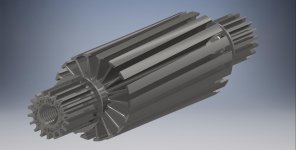 V15 skewed rotor.jpg84.3 KB · Views: 886
V15 skewed rotor.jpg84.3 KB · Views: 886 -
 V15 skewed rotor assembly.jpg90.3 KB · Views: 886
V15 skewed rotor assembly.jpg90.3 KB · Views: 886

